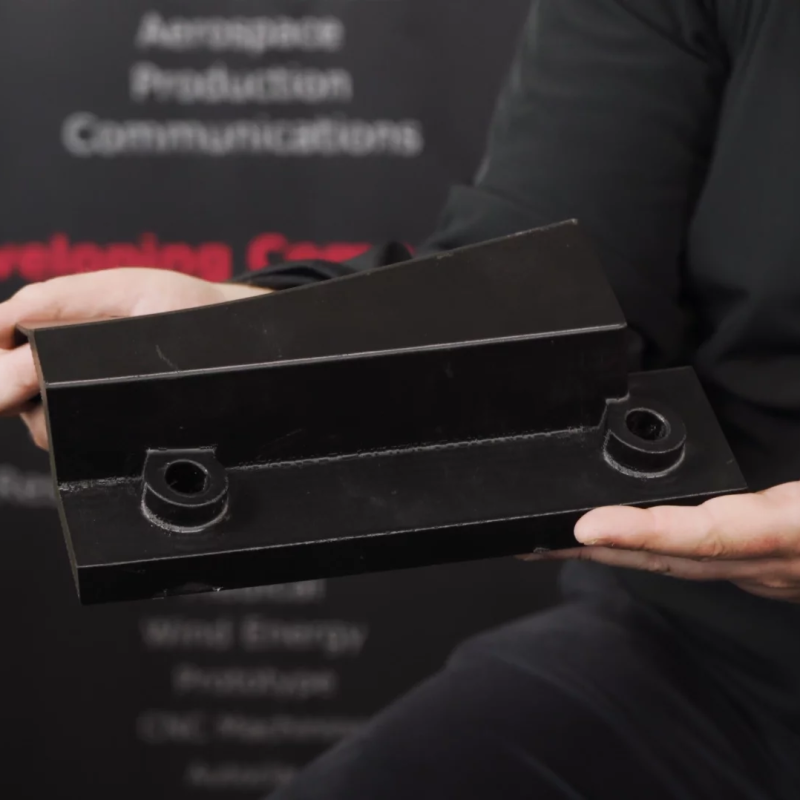Additive manufacturing is a versatile and powerful production tool, operating in an opposite way to traditional manufacturing methods such, as CNC machining which uses subtractive techniques. Enabling innovation, cost-efficiency, and sustainability in product development and manufacturing processes, additive manufacturing is becoming a must for modern-day manufacturing.
What is additive manufacturing?
Additive manufacturing is the industrial process for creating three-dimensional products and prototypes by adding polymer materials layer by layer.
Additive manufacturing has a wide range of applications across a variety of industries, including but not limited to; aerospace, automotive, healthcare (e.g., medical implants, prosthetics), consumer goods, and architecture. It is evolving to handle more materials and produce larger, more intricate and functional parts.
Fused Deposition Modelling (FDM) is one of the most common and widely used additive manufacturing (AM) processes, invented by Stratasys. This is a layer-by-layer 3D printing technique where a thermoplastic filament is heated and solidified to create the desired object. FDM is used in various industries, including aerospace, automotive, healthcare, consumer goods, and education, for rapid prototyping, tooling, manufacturing end-use parts, educational purposes, and more.
What is the additive manufacturing process?
Digitally design a 3D blueprint and digital model of a product using CAD software.
The digital model is then sliced into thin horizontal cross-sections to represent each layer of the product.
A 3D printer then prints the product layer by layer, fusing together and solidifying the polymer materials to form the final product.
What are some key features and benefits of additive manufacturing?
- Entirely customisable – Additive manufacturing enables full customisation of products to meet the specific needs and requirements for customers.
- Reduces waste – Time and material waste is minimised as additive manufacturing technology only uses the materials required to create a product.
- Cost-efficient – Tooling and set ups costs are reduced when additive manufacturing compared to traditional manufacturing methods.
- Rapid prototyping – Additive manufacturing speeds up the product development process by aiding rapid prototyping. This allows for more iterations of prototypes before the component enters into production.
- Complex geometries – Additive manufacturing can create intricate and complex components that can’t be achieved through traditional manufacturing methods.
- Material diversity – A range of materials are available, including plastics, metals, ceramics, composites and biomaterials to best replicate the materials of the end-use component.
- Functionality – Additive manufacturing can create parts with a combination of materials, properties and even components within a single print.
- Ongoing production capabilities – Additive manufacturing facilitates on-demand manufacturing, allowing for the production of parts 24/7.







